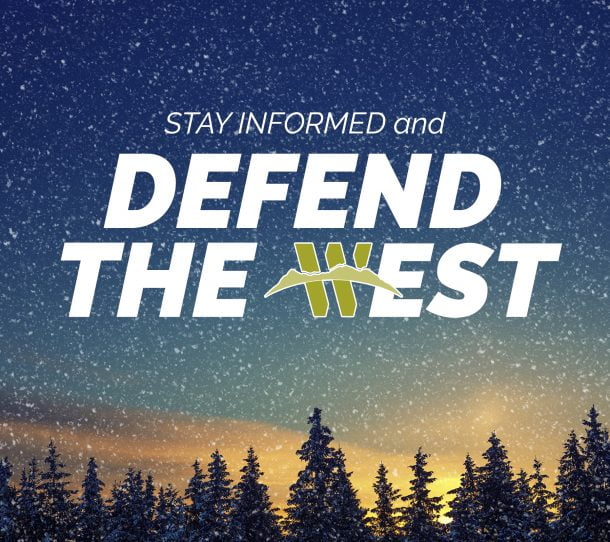In 2014, New Mexico made national headlines when scientists discovered an atmospheric anomaly above the Four Corners: a 2,500-square-mile cloud of methane (natural gas) — the largest such plume in the nation. At the time, industry data showed that oil and gas development was responsible for 90 percent of the known methane emissions. Nonetheless, for the next two years, the oil and gas industry blamed every other imaginable methane source, refusing to take responsibility for the “hot spot” and its associated health and climate threats. Now, a cutting-edge NASA study supports the thesis that the oil and gas industry is contributing mightily to New Mexico’s methane problem.
Methane pollution in New Mexico is out of control. We’re the worst state in the nation for wasted methane — each year the Four Corners region releases the equivalent methane of six Aliso Canyon disasters.
Methane pollution creates significant ozone issues and public health risks in neighboring communities, including increased respiratory illness. And as we saw recently with the explosion and multiday fire near Nageezi, this intensive oil and gas development threatens public safety. But the effects aren’t just local — methane waste also affects our education system statewide. The industry wastes more than $100 million in methane annually on New Mexico’s federal and tribal lands, stripping the public of royalties that could fund our schools and teachers.
It’s no surprise that the hot spot emanates mostly from oil and gas infrastructure. As mentioned, industry itself reports tremendous levels of methane pollution from oil and gas. This reflects the on-the-ground reality: 20,000 active oil and gas wells, thousands of miles of pipelines, processing plants, and other industrial oil and gas infrastructure in the region. But the NASA study reveals an unexpected twist: Of about 250 highly polluting oil and gas sites, only 25 “super emitters” account for more than half of the overall methane. This suggests we can easily address those “super emitters” while setting the stage for action to identify and fix the smaller emitters through, for example, planning to guide development before it occurs.
Fortunately, sensible solutions are at hand. Before the end of the year, the U.S. Bureau of Land Management will finalize new rules to tighten up sloppy industry practices and deteriorating infrastructure. These rules — which complement action by the U.S. Environmental Protection Agency — have solid New Mexico Democratic champions: Sens. Tom Udall and Martin Heinrich, Reps. Michelle Lujan Grisham and Ben Ray Luján all enthusiastically support these measures. They should be commended for seeing through the industry smokescreen and taking action to improve the lives of New Mexicans, an overwhelming 73 percent of whom support action to prevent methane pollution and waste.
However, the oil and gas industry continues to undermine its credibility by opposing these rules. Already, industry apologists have questioned the NASA study, failing to recognize the time for obstruction is over. Indeed, it’s remarkable that of more than 475 oil and gas producers in New Mexico, only 10 participate in EPA’s voluntary Natural Gas STAR program. Moreover, industry has rushed to drill and frack the greater Chaco landscape, building infrastructure that only exacerbates the methane hot spot. This drilling continues despite the fact that the steward of these lands — the BLM — has yet to complete a management plan to consider whether development is appropriate in the first place and, if so, how to protect land, air, water and communities from its impacts.
The BLM and EPA rules will make certain oil and gas companies take sensible action to reduce methane waste and pollution on public and tribal lands. They will improve public health, ensure New Mexico is paid the appropriate royalties for energy resources developed on public and tribal lands, and will provide an economic boost to our state’s 11 companies that specialize in methane mitigation as well as oil and gas companies themselves. Our political leaders and the public know this. Why doesn’t the oil and gas industry?
Erik Schlenker-Goodrich is executive director of the Western Environmental Law Center, which works to safeguard the wildlife, wildlands and communities of the American West. He has worked toward common-sense methane waste and pollution measures for a decade.
_____
Learn more about how we are reducing methane pollution on public lands

